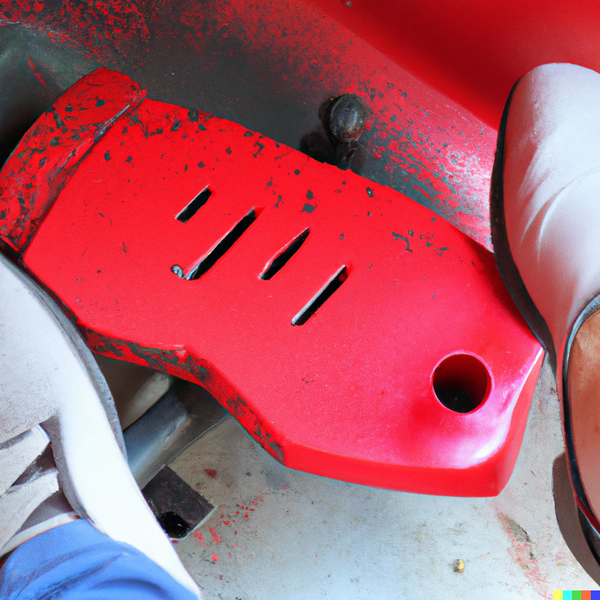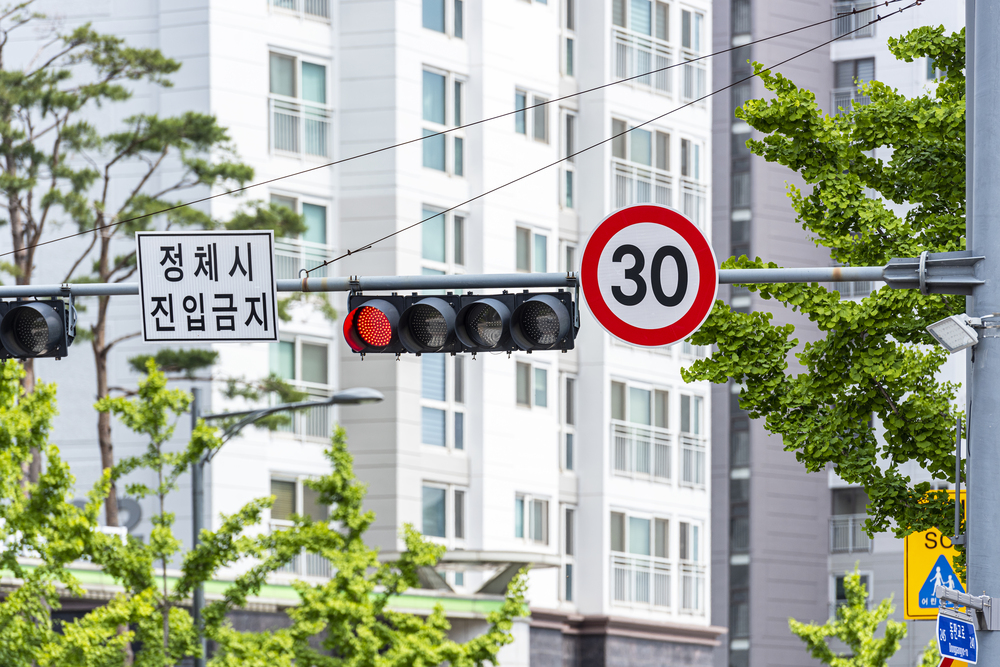What Is a Red Traffic Light?
By William Urbanski
Far above the streets and suspended in midair like a guardian angel, there lies a timeless piece of technology that acts as a focal point between psychology, physics, and electrical engineering. Often disregarded or outright ignored by the populous at large, this silent sentinel does not judge, does not get tired, and asks for nothing in return while keeping a watchful eye over all of us like a fearless eagle protecting its young. While it is easiest to observe this spectacular device while on foot, those with the keenest of observation skills may even be able to catch a glimpse of one from behind an automobile windshield. Of course, I am referring to the magnificent and majestic red traffic light: truly one of the greatest and most important inventions in the history of mankind.
Where to Find a Red Traffic Light
For those truly curious, it is possible to see a red traffic light with the naked eye, provided one knows where to look. Most often, red traffic lights can be located approximately five meters above the ground where two or more roads intersect. The reasons they exist are shrouded in mystery and, I must warn you, trying to understand the purpose of a red traffic light is much like holding sand in your fist: The harder you try to grasp it, the more it slips through your fingers.
Why Red?
A strong case could be made that human beings are biologically inclined to stop moving when seeing the color red. This deeply ingrained instinct owes itself to a remarkable natural phenomenon called aposematism (or aposematic coloration), which refers to living things that develop brightly colored skin as a warning to predators that they are poisonous. A classic example are bright red tree frogs that also happen to be toxic if touched or consumed. Over time, snakes, birds and other would-be predators learn that eating these cute little frogs causes them to, well, die. What is remarkable to think about is that if it were not for this brightly colored skin, these cute little frogs would be utterly defenseless against predators.

Now let us do a quick thought experiment: If you were walking around a jungle and saw a cute, bright-red frog jumping around, would you try to pick it up or would you leave it alone? Well, hopefully countless generations of genetic evolution would incline you to leave the little critter just the way you found it.
Red is far from the only aposematic coloration. Yellow is also commonly found on all sorts of dangerous species such as wasps, bees, snakes, and our friend the humble tree frog. Now where else can you see the color yellow? You guessed it! On traffic lights!
Of course, not all red things are dangerous, but it appears that millennia of evolution have hardwired human beings to be cautious of things that are bright red, especially bright red things that hang above intersections, and to resist such instinct is to go against one’s biological nature.
Mastering the Basics of a Red Traffic Light: The Brake Pedal and the Gas Pedal
When a person is seated in the driver’s seat, he or she should be able to touch two oddly shaped pedals with his or her right foot. Mastering the function of these pedals is of the utmost importance. The pedal on the right is called the “gas pedal” and causes the car to make a really cool “vroom vroom!” sound when pushed down. Pushing this pedal generally causes the car to move in a forward direction (at least most of the time). The gas pedal is also the one that should not be pressed when a driver sees a red traffic light. No matter what the situation, what car a driver has, or who the driver’s uncle is, a driver is legally, socially, and morally obligated to push the other pedal, called the “brake pedal,” when a traffic light is red. What is more, a driver must maintain pressure on the brake pedal until the car comes to a full and complete stop.
After about a minute or so, the red traffic light will disappear. At almost the exact same time, a green light will start to brightly glow. When this occurs, a driver may lift his or her foot off the brake pedal and gently press down on the gas pedal.
This is a lot of information to digest, and it is easy to forget which pedal is which. So, what I suggest to beginner and novice drivers is to get two cans of spray paint, one green and one red, and then paint the gas pedal green and the brake pedal red. This way, remembering what to do at an intersection is as easy as looking at your shoes!

***Special Q&A Section: Turning Right on a Red Light***
Can I turn right on a red light?
Yes! A driver may turn right on a red light provided that he or she comes to a full and complete stop before starting the turn. In other words, a driver who wishes to turn right on a red light must activate the automobile’s right turn signal, push down the brake pedal until the wheels of the car stop moving completely, check to make sure it is safe to turn, then gently take his or her foot off the brake, and slowly push down the gas pedal while turning the steering wheel.
When the driver in front of me makes a full and complete stop at an intersection so that they can safely check the intersection before making a right turn, I should blow my horn at them like a big jerk, right?
No. You should not blow your horn at someone who is taking three seconds to make sure they can safely execute a right turn. Using the automobile’s horn this way is what big jerks do when they want everyone to know what big jerks they are.
If I hit a pedestrian who is crossing the street because I did not take three seconds to make sure the intersection was clear, that is the pedestrian’s fault, right?
No. That would be the driver’s fault. As a general rule, if a pedestrian is hit by a car, it is the driver’s fault. This is why a driver should come to a complete stop before making a right turn on a red light.
Conclusions
Red traffic lights are mysterious, enigmatic, and beautiful. While fancy mRNA vaccines and modern surgical techniques get a lot of credit for saving lives, it is important to remember that since its inception, the red traffic light has saved no less than five hundred million lives annually.[[1]] Learning new things is always difficult, but keep in mind that whether you are learning to tie your shoelace or trying to figure out what to do at a traffic light, the goal should be progress, not perfection. You can do it!
The Author
William Urbanski is from Canada, married, and can use chopsticks to eat spicy food. He is also a traffic light aficionado. Instagram: @will_il_gatto
[1] I actually just made that up, but you get the picture.







